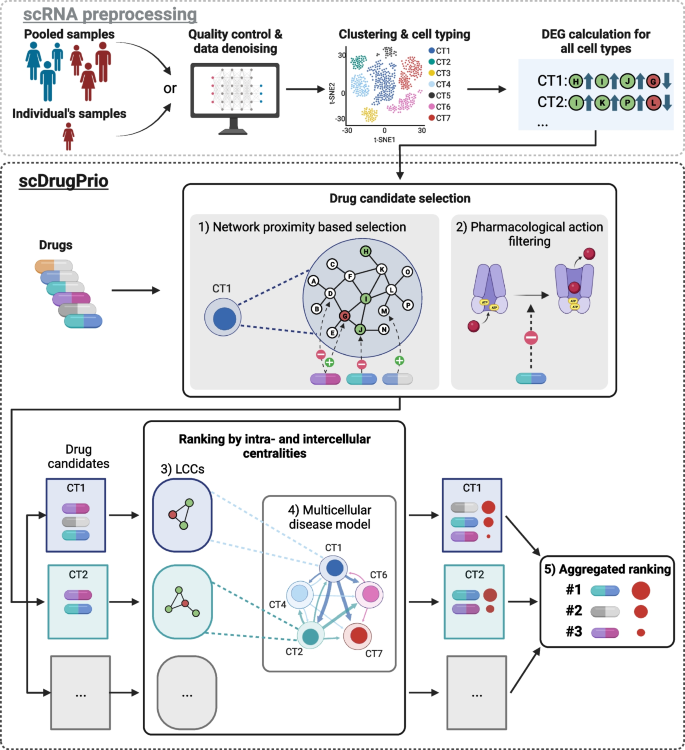2024-03-20 カロリンスカ研究所(KI)
<関連情報>
- https://news.ki.se/cellular-architecture-of-lesions-in-ms-now-mapped-out
- https://www.cell.com/cell/fulltext/S0092-8674(24)00233-2
進化する神経炎症性病変と多発性硬化症病態の細胞構造 Cellular architecture of evolving neuroinflammatory lesions and multiple sclerosis pathology
Petra Kukanja,Christoffer M. Langseth,Leslie A. Rubio Rodríguez-Kirby,Markus M. Hilscher,Mats Nilsson,Gonçalo Castelo-Branco
Cell Published:March 20, 2024
DOI:https://doi.org/10.1016/j.cell.2024.02.030
Highlights
•ISS elucidates cellular dynamics of EAE model and architecture of human MS lesions
•Active EAE lesions propagate in a centrifugal manner
•EAE DA-glia are induced independently of lesions and dynamically resolved
•Spatial preferences of glial states drive MS lesion compartmentalization
Summary
Multiple sclerosis (MS) is a neurological disease characterized by multifocal lesions and smoldering pathology. Although single-cell analyses provided insights into cytopathology, evolving cellular processes underlying MS remain poorly understood. We investigated the cellular dynamics of MS by modeling temporal and regional rates of disease progression in mouse experimental autoimmune encephalomyelitis (EAE). By performing single-cell spatial expression profiling using in situ sequencing (ISS), we annotated disease neighborhoods and found centrifugal evolution of active lesions. We demonstrated that disease-associated (DA)-glia arise independently of lesions and are dynamically induced and resolved over the disease course. Single-cell spatial mapping of human archival MS spinal cords confirmed the differential distribution of homeostatic and DA-glia, enabled deconvolution of active and inactive lesions into sub-compartments, and identified new lesion areas. By establishing a spatial resource of mouse and human MS neuropathology at a single-cell resolution, our study unveils the intricate cellular dynamics underlying MS.
Graphical abstract



